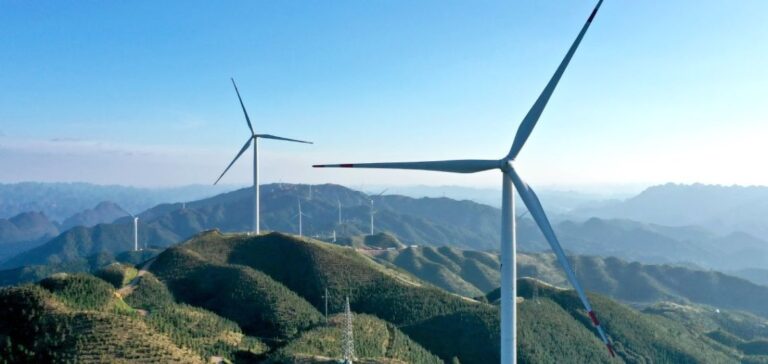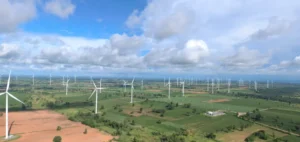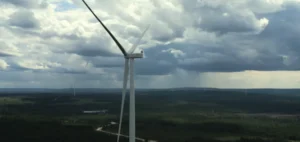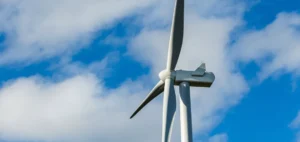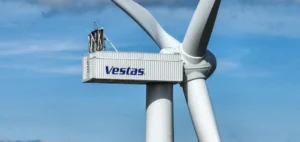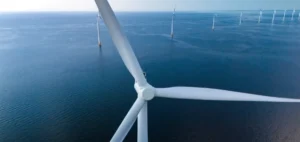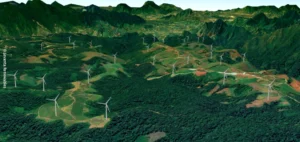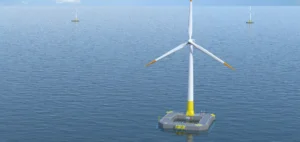Hydro-Québec is planning an ambitious increase in wind energy, aiming to add between 1,000 and 1,500 megawatts (MW) per year by 2035. This strategy comes in response to high energy demand and the need to diversify its energy mix. The public company believes that wind energy could account for up to 25% of its electricity generation in the next decade.
An Intensive Development Plan
Last year, Hydro-Québec launched several calls for tenders to encourage the development of new wind farms. The company aims to enter into contracts with private developers and local communities to harness the province’s wind energy potential. Among the flagship projects is a 3,000 MW wind farm planned for the Saguenay-Lac-Saint-Jean region, involving investments worth billions of dollars.
Partnerships with Indigenous communities and local municipalities are at the core of Hydro-Québec’s strategy. The company argues that these collaborations lead to better social acceptance and economic benefits for the regions involved.
Growing Local Opposition
However, this rapid wind energy expansion is meeting significant opposition. Several citizen committees and local organizations are criticizing the lack of consultation and decision-making processes that overlook the impacts on territories and local populations. The Regroupement vigilance énergie Québec (RVÉQ), which represents several collectives, is calling for a moratorium and the establishment of a generic Bureau d’audiences publiques sur l’environnement (BAPE) to assess the long-term effects of wind energy deployment in Quebec.
Major concerns revolve around the use of agricultural land, ecosystem impacts, and the distribution of economic benefits. Some farmers argue that the installation of wind turbines exacerbates land ownership inequalities, while others worry about the effects on landscapes and biodiversity.
Financial and Strategic Issues
The economic model adopted by Hydro-Québec is also sparking debate. Some experts are pointing out the partial privatization of wind energy production and fear that the benefits may not fully reach the community. The Fédération de l’UPA de Chaudière-Appalaches has specifically expressed concerns about the impact of wind development on agricultural operations, advocating for better project oversight.
On the other hand, Hydro-Québec defends its approach by highlighting the benefits of wind energy for the province’s energy independence. The company emphasizes that diversifying the energy mix is necessary to meet growing demand, especially to power high-energy industries like data centers and battery manufacturing plants.
An Intensifying Debate
As new calls for tenders are expected this year, the debate over wind energy’s expansion in Quebec continues to intensify. Future government decisions and the conclusions of ongoing environmental studies could influence the trajectory of this rapidly growing sector. Hydro-Québec will need to navigate regulatory, economic, and social challenges to successfully implement its wind energy ambitions while addressing the concerns of citizens and local stakeholders.


